The graph shows the variation of temperature (T) of one kilogram of a material with the heat (H) supplied to it. At O, the substance is in the solid state. From the graph, we can conclude that

T2 is the melting point of the solid
BC represents the change of state from solid to liquid
(H2−H1)represents the latent heat of fusion of the substance
(H3−H1) represents the latent heat of vaporization of the liquid
The correct Answer is:C
Step by step video, text & image solution for The graph shows the variation of temperature (T) of one kilogram of a material with the heat (H) supplied to it. At O, the substance is in the solid state. From the graph, we can conclude that by Physics experts to help you in doubts & scoring excellent marks in Class 11 exams.
Updated on:21/07/2023Topper's Solved these Questions
- THERMOMETRY, THERMAL EXPANSION AND CALORIMETRY Book:ERRORLESS Chapter:THERMOMETRY, THERMAL EXPANSION AND CALORIMETRY Exercise:Assertion & Reason
Explore 14 Videos
- THERMOMETRY, THERMAL EXPANSION AND CALORIMETRY Book:ERRORLESS Chapter:THERMOMETRY, THERMAL EXPANSION AND CALORIMETRY Exercise:Self Evaluation Test
Explore 15 Videos
- THERMOMETRY, THERMAL EXPANSION AND CALORIMETRY Book:ERRORLESS Chapter:THERMOMETRY, THERMAL EXPANSION AND CALORIMETRY Exercise:Critical Thinking
Explore 27 Videos
- THERMODYNAMICSBook:ERRORLESS Chapter:THERMODYNAMICSExercise:All Questions
Explore 304 Videos
- TRANSMISSION OF HEATBook:ERRORLESS Chapter:TRANSMISSION OF HEATExercise:ET Self Evaluation Test
Explore 23 Videos
Similar Questions
The variation of temprature of a material as heat is given to it at a constant rate is shown in the figure. The material is in solid state at the point O. The state of the material at the point P is…..
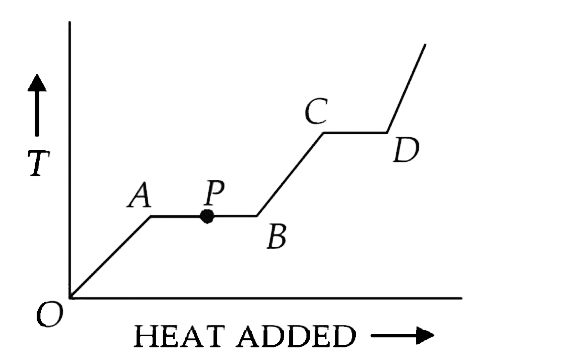
View Solution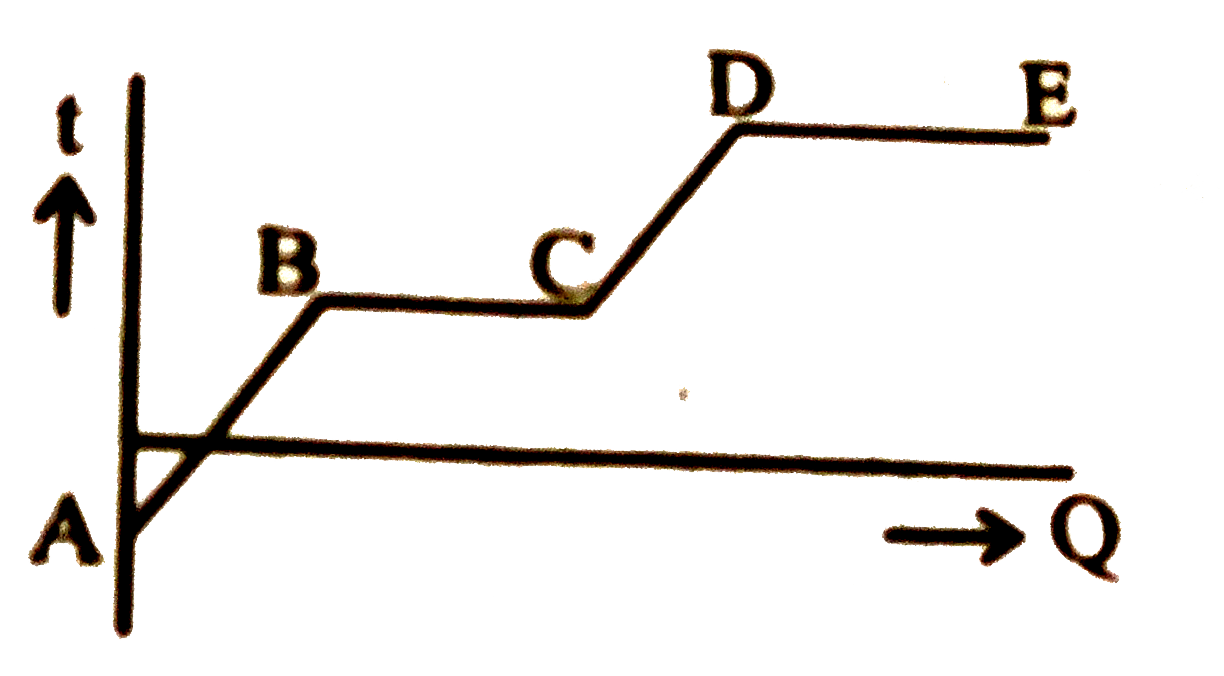
The graph given above indicates change in temperature (Δt) when heat (Q) was given to a substance. Which among the following parts of the graph correctly depict the latent heat of the substance?
View Solution
Knowledge Check
Figure shows the stress-strain curve of two metals P and Q. From the graph, it can be concluded that
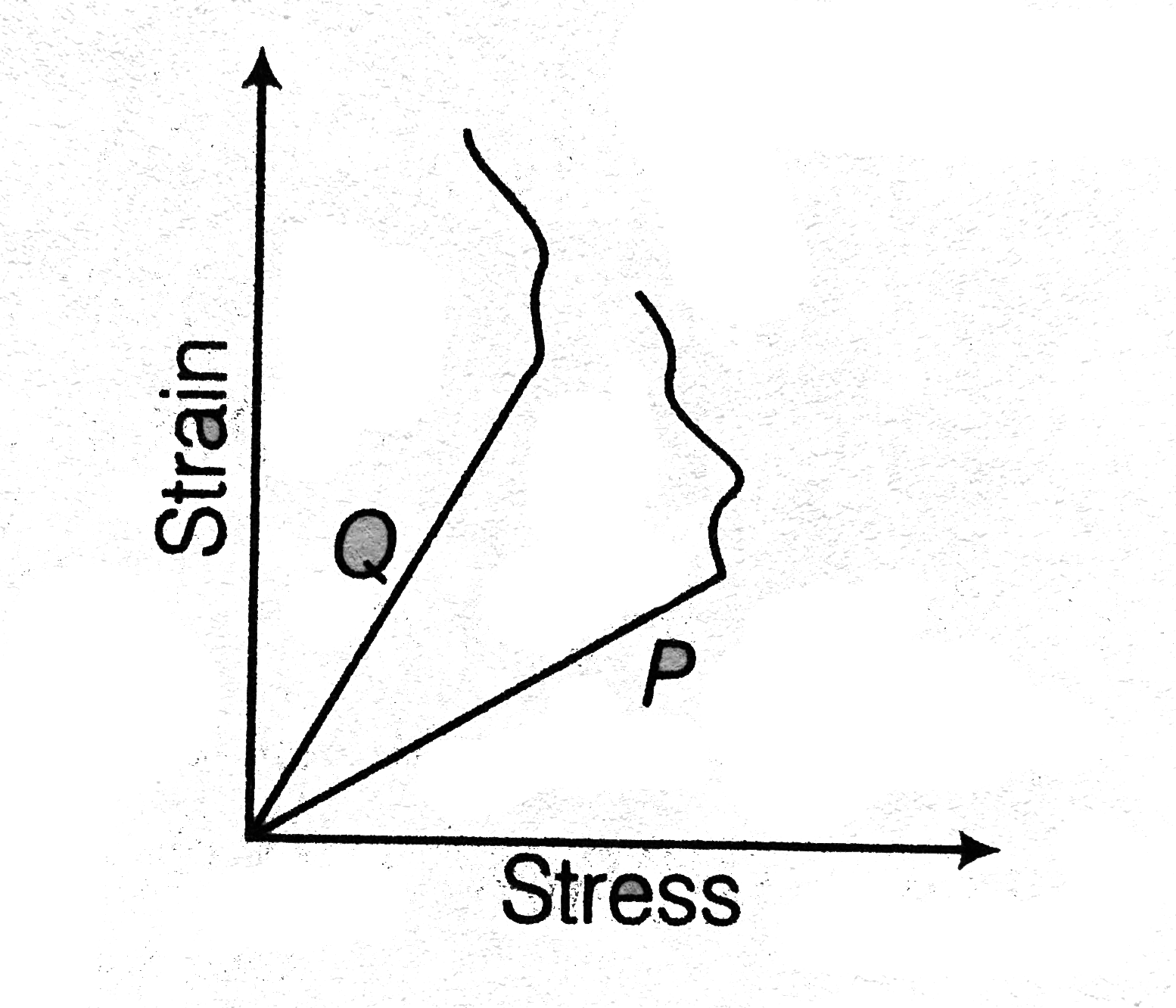 A(A) P has greater young's modulus and lesser ductilityB(B) Q has greater young's modulus and lesser ductilityC(C) P has greater young's modulus and greater ductilityD(D) Q has greater young's modulus and greater ductility
A(A) P has greater young's modulus and lesser ductilityB(B) Q has greater young's modulus and lesser ductilityC(C) P has greater young's modulus and greater ductilityD(D) Q has greater young's modulus and greater ductilityThe correct graph which shows the variation of paramagnetic susceptibility S with temperature T is
A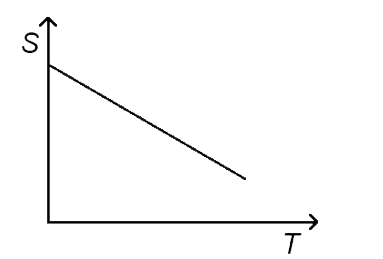 B
B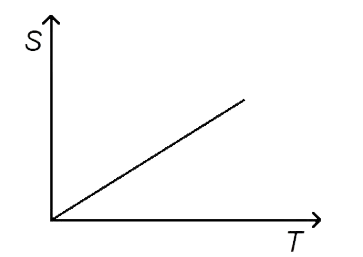 C
C D
D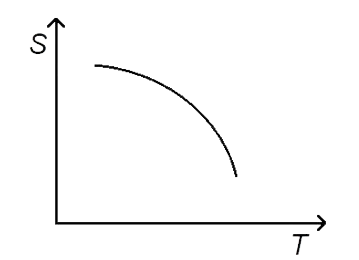
The graph shows the variation of displacement of a particle executing SHM with time . We infer from this graph that
 Athe force is zero at time 3T4Bthe velocity is maximum at time T2Cthe acceleration is maximum at time TDthe PE is equal to total energy at time T2
Athe force is zero at time 3T4Bthe velocity is maximum at time T2Cthe acceleration is maximum at time TDthe PE is equal to total energy at time T2
The given graph shows the variation of resistance of mercury in the temperature range 0 lt T lt 4 K. Name the phenomeon shown by the graph.
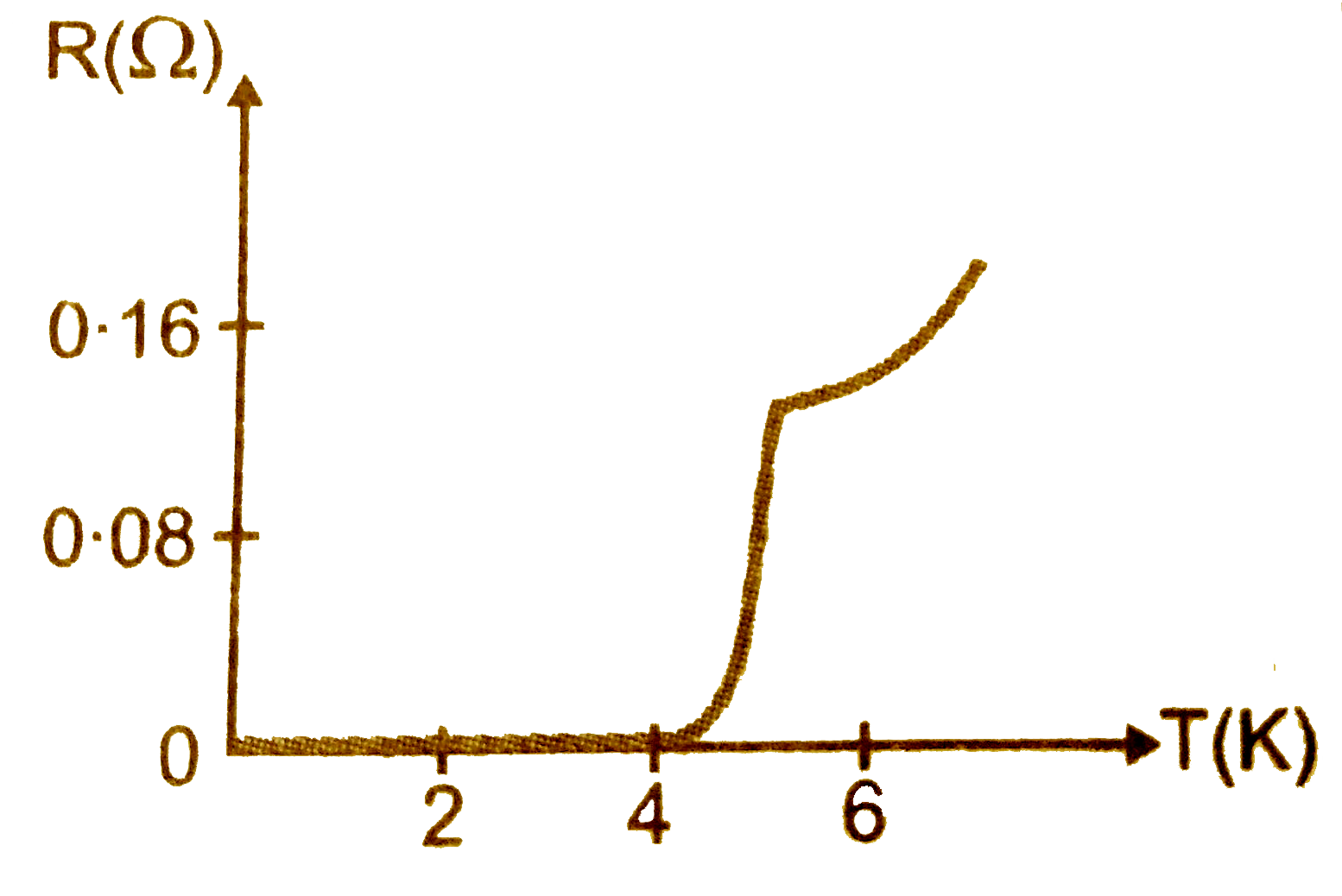
View SolutionThe graph shows the variation of displacement of a particle executing S.H.M with time. We inference form this graph that :-
_E01_037_Q01.png)
View SolutionWhich one of the following graphs represents the variation of electric field with distance r from the centre of a charged spherical conductor of radius R?
View SolutionWhich of the following graphs shows the variation of acceleration due to gravity g with depth h from the surface of the earth ?
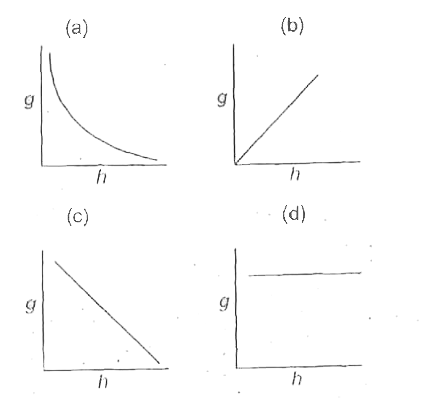
View SolutionDisplacement time graph of a particle moving in a straight line is as shown in figure.
From the graph we can conclude that work done on the block is :
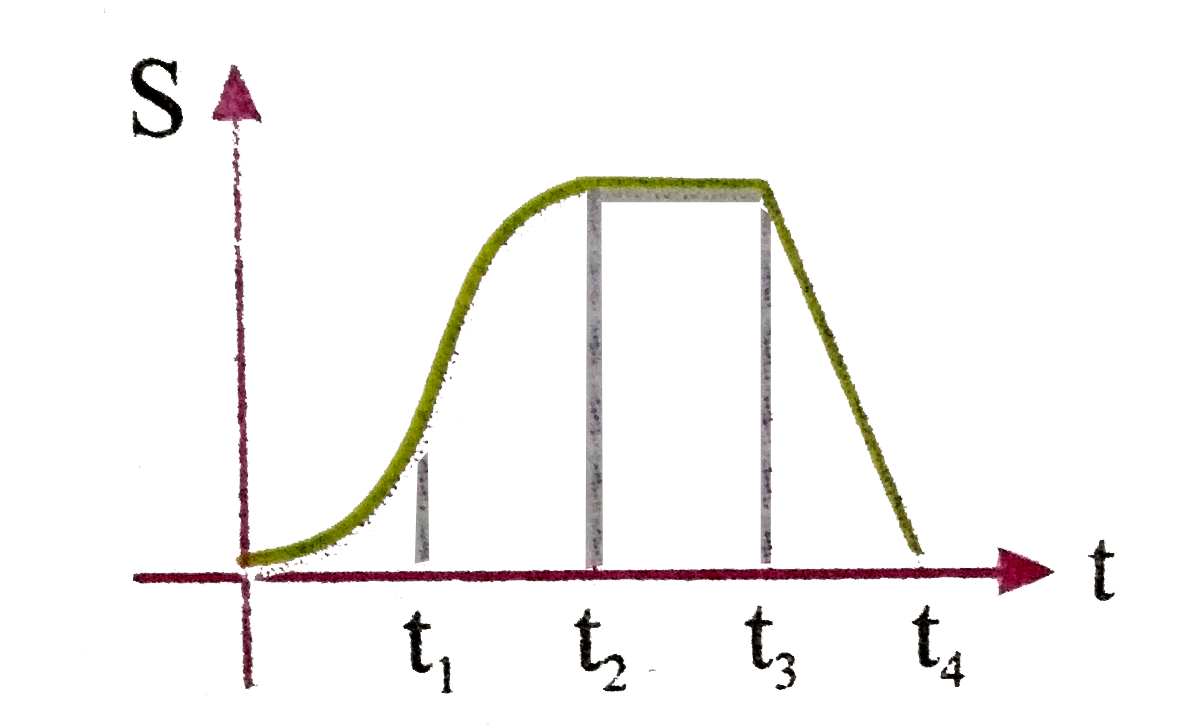 .
.
View Solution